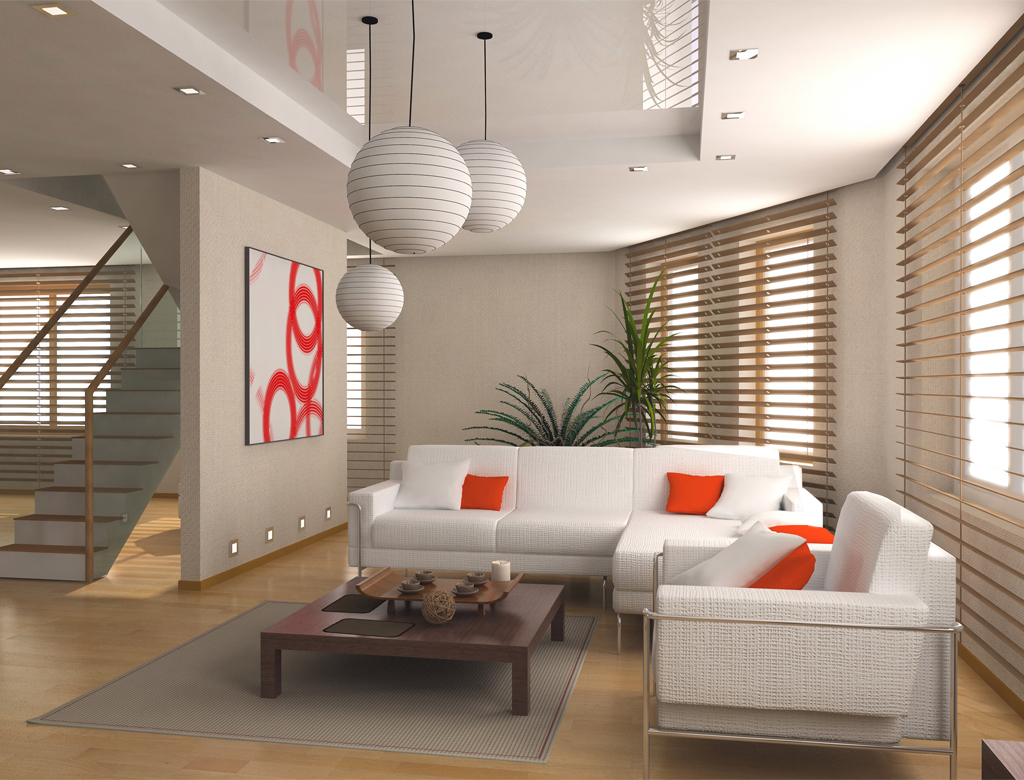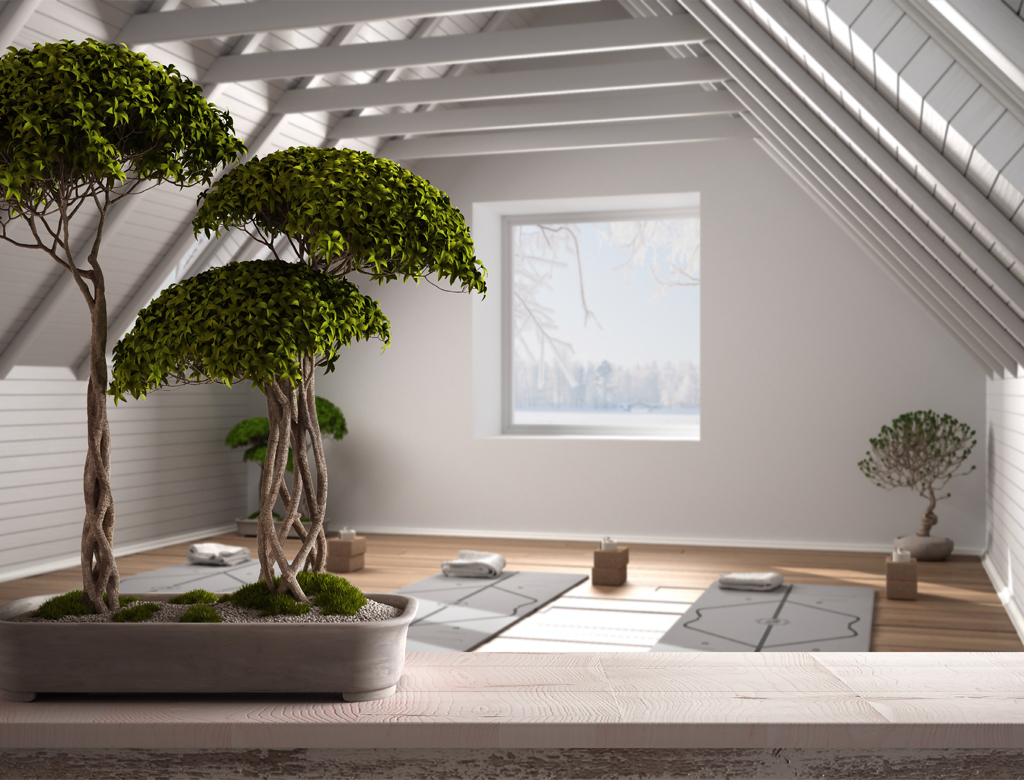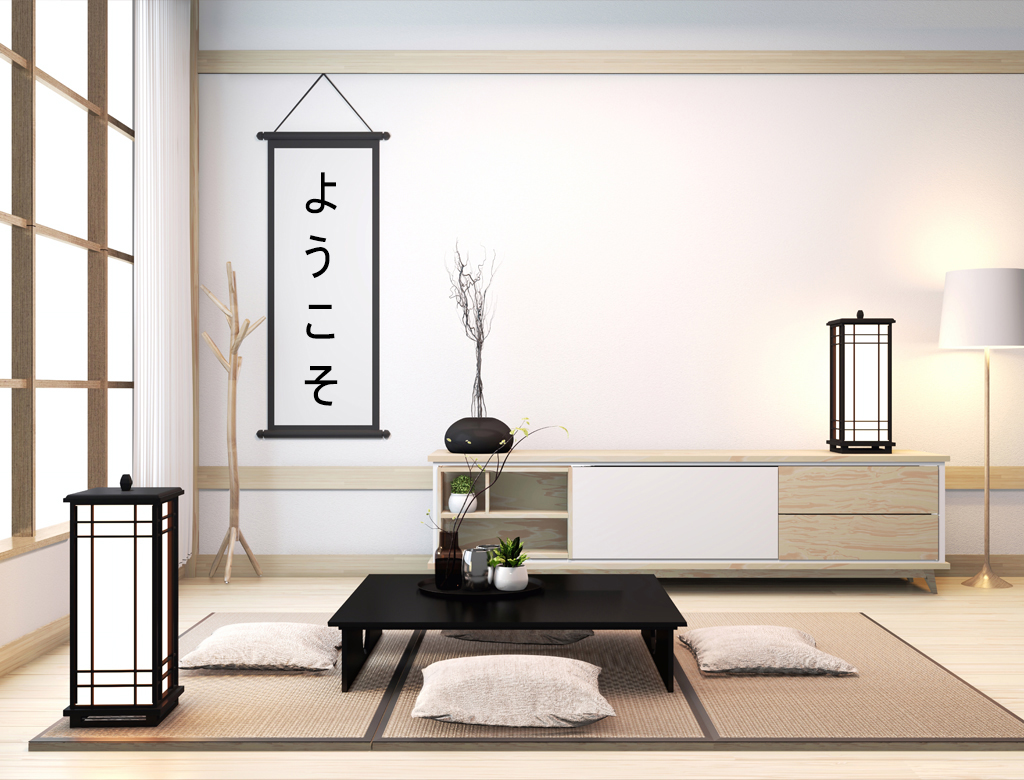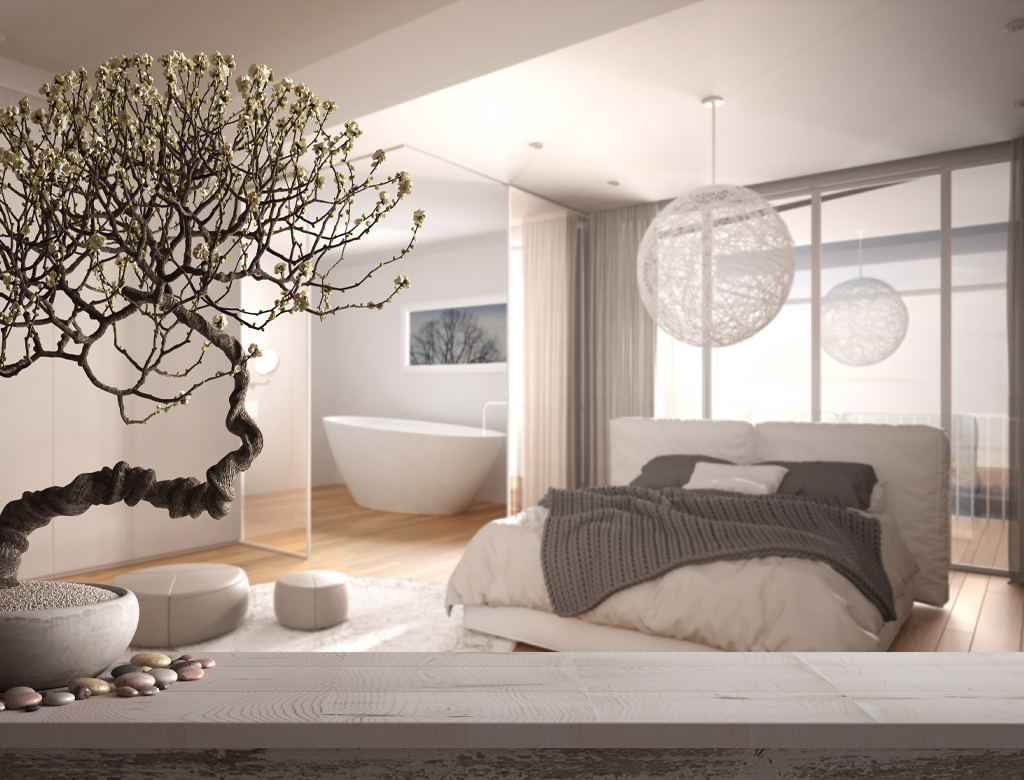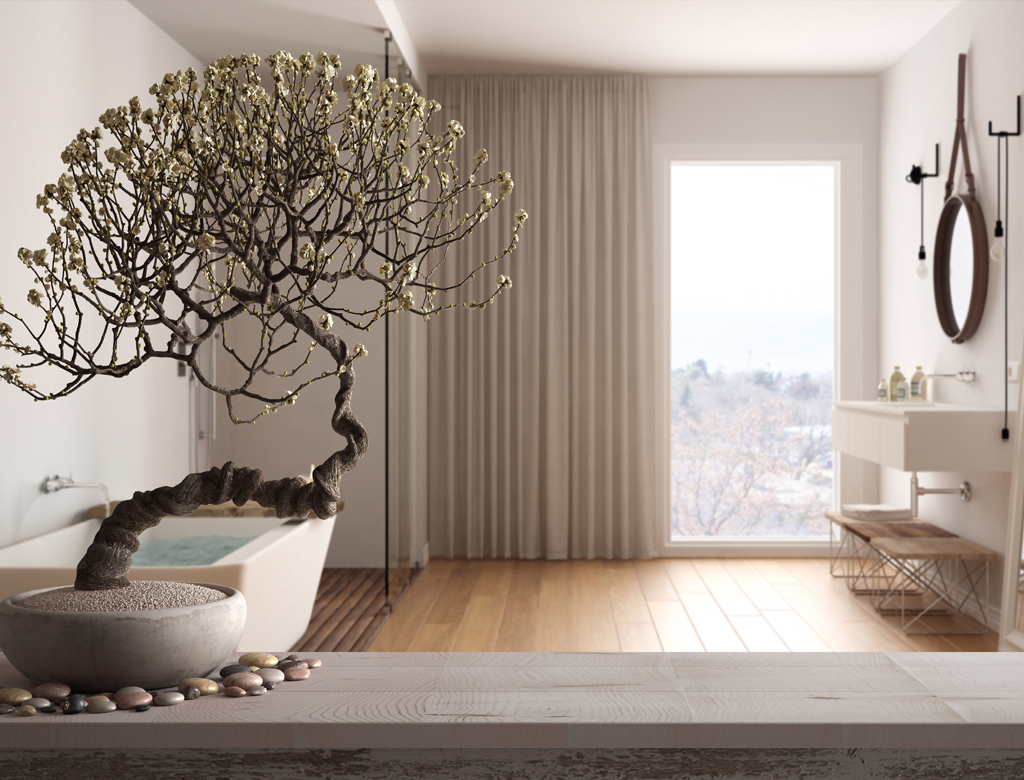Japan style gallery
Minimalism
This is the main and fundamental rule that is respected in everything related to the interior. No superfluous things, excesses – only necessary and useful furniture and all other things you use in your everyday life. Most things are hidden in built-in wardrobes or closed shelves painted to match the walls – so they are almost indistinguishable. That is why space in Japanese styled interior seems completely uncluttered.
The Power of space
A Japanese house is a space with a minimum amount of furniture. Lots of air and energy circulate freely, which is essential according to Japanese tradition. In a Japanese apartment, a common view is the lack of sofas or chairs, so obvious to us. Meals are eaten at chabudai, which means a very low table, while sitting and sleeping takes place on the floor.
The Pallette of colours
No bright, flashy colours. The Japanese style means clear sky, sea foam, autumn leaves, sakura flower, full moon and coastal stones. Natural shades in a pastel variety dominate: beige, milk, pearl, dark brown, sand, cream. Often there are interiors designed in contrasting black and white colours. Red and green are used extremely rarely.
United with nature
In a traditional Japanese country house, nature is a direct continuation of the building and complements the interior, therefore sliding doors open onto the veranda. When furnishing your home, use natural materials. Instead of massive walls – lightweight partitions made of bamboo or rice paper. The floor is as wooden as possible, with panels on the walls. Curtains only from natural materials (linen and silk).
Japanese furniture
They attract with simplicity, lightness and grace, as well as mobility. The Japanese style is low, smooth, discreet as if it was polished with water from a mountain spring. Since all Japanese-style furniture is designed specifically for a seated person, it includes the simplest things such as tables, chairs, beds. All Japanese furniture is low but comfortable.
Accessories
In modern Japanese interiors, accessories fall into the background, but they are mandatory – without them, the whole design would be incomplete. There shouldn’t be too many of them. The Japanese usually have a wooden shelf, where they place a vase, casket, ceramic dishes, elegant porcelain and … just one painting, so no one would be distracted, but ready to fully appreciate its beauty.
Lighting
It is generally dimmed. You’ll never see the blinding bright lightning, so typical for the Americans. It resembles the moonlight, it is soft, with a rich play of light and shadows. Halftones relieve nervousness and stress, immersed in a trance. Most often, wall and floor lamps are used as lighting devices. Lampshades and chandeliers are made of wood, parchment, natural silk, less often porcelain or glass.
Yokushitsu means bathroom
A dream Japanese bathroom clad in glass and stone and completely engulfed in white, this is a design that is both audacious and excessive. Yet there seems to be an innate sense of simplicity and the uncomplicated form along with plants and shrubs ensure that nature is invited inside.
DETAILS
Japanese interior design principles
The perfectly triangular, snow-covered peak of Fujiyama, blooming sakura, colorful silk kimono, Tokyo skyscrapers, sushi and sake, electronic and automotive power are probably the first associations that come to mind when someone mentions Japan. In an age of globalization and the mixing of cultures and traditions, the Japanese have successfully preserved their heritage. Moreover, modern Japanese interior design is gaining popularity not only in Japan, but it is spreading all over the world.
What features and characteristics allowed the Japanese interior to become one of the most famous one? What secret does it hide?
Japan has long been an isolated country, both geographically and socially. Japanese culture has developed over the centuries with no influence from outside. The result is an amazing, unique world of images and forms, in which you can notice fragments of Japanese history, everyday life, religion and philosophy. This natural isolation defined the character of the Japanese style – contemplative and aiming to the beauty of nature. You can see it not only in art, but also in interior design.
Perfection
Everything in Japan strives for perfection and skillful execution. Even the most basic, common to us actions such as making tea or cutting fish in the land of the rising sun is given more attention and turned into a Chanoyu tea ceremony or the art of cutting fish – Hōchōdō. Actually every thing performed by a Japanese is an opportunity to self-improve, to become a master in it. It is no different with interior finishing, which the Japanese also consider as an art form, as well as painting, music and flower arrangement.
Japanese philosophy
Living in an apartment in the Japanese style means living following Japanese philosophy and bringing the special meaning to every interior item. Indeed, even ideal forms corresponding to the principles of asymmetry, simplicity, and freedom can mean nothing if there is a void hidden behind them.
Austerity and naturalness
For people who grew up in foreign houses, the Japanese style interior might surprise you and sometimes even shock with a level of simplicity
on the verge of asceticism and a minimum of decor, laconism, and inclines toward natural materials and direct imitation of nature. The Japanese interior style is depersonalized, you will not find many pictures of relatives, friends, and acquaintances, some trinkets, needlework or souvenirs – nothing personal or individual in the interior. But behind all this a discreet, strict beauty is seen, and the Japanese style itself is filled with philosophical meaning. It is simple and at the same time harmonious, like mother nature itself. This style is for those who are alien to fuss, who value reflection and contemplation.
The interior in the Japanese style is a special philosophy, a way to know yourself, get closer to nature and dissolve in it. That is why the design in the Japanese style denies the pretentiousness of the situation, avoids excesses and artificial materials.
Minimalism and practical sense
The Japanese style is based on the concept of minimalism and high functionality. If you look at a Japanese apartment from past centuries, you will see modularity and variability. The Japanese-style interior shifts its perspective to minimalism, in which the interaction of various decor elements and equipment allows you to create an atmosphere of peace.
The Japanese style interior is a true designer ode in honor of the perfection of simplicity and functionality. The Japanese style is characterized by a certain incompleteness, a mystery. In such an interior, everyone can find something of their own, interpret these or those images in completely different ways. The philosophy of the Japanese home can be described as “beauty in the small”, without poshness, flashy colors and unnecessary details. In our conditions, it is not so easy to recreate an authentic Japanese interior, but some elements can be noted and used in the design of your apartment. Indeed, even psychologists note that an apartment or house decorated in a Japanese style gives a feeling of peace and helps to leave all the problems and troubles of the “big world”, to feel calm and relaxed in a cozy atmosphere. Isn’t it great?

